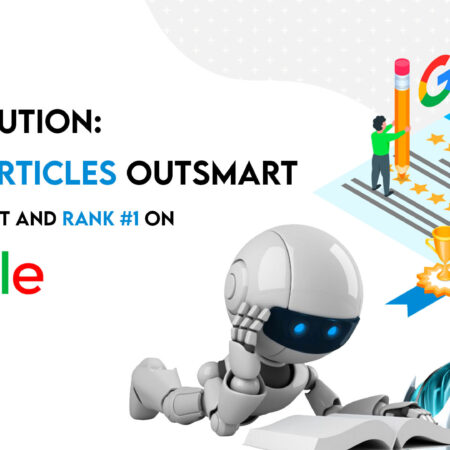
As we continue to progress in the digital age, personalization has emerged as a key factor in effective digital marketing strategies. It’s no secret that customers today have an ever-increasing array of options available to them, which makes it all the more important for businesses to provide personalized experiences that resonate with them. Personalization enables businesses to create meaningful connections with customers by tailoring their marketing efforts to individual needs, preferences, and behaviors.
In this article, we’ll share tips and examples of how How Personalization is Revolutionizing Digital Marketing.
Use Personalized Email Marketing
Email marketing is a great way to reach your customers directly. Personalized email marketing involves using customer data to tailor your email messages to individual preferences. For example, you can use customer data such as their purchase history, location, and interests to send targeted and relevant email messages. This helps to increase the likelihood of your email being opened and read.
Create Personalized Landing Pages
A landing page is a web page designed specifically to convert visitors into leads or customers. Personalized landing pages involve tailoring the content of the landing page to the individual interests and needs of the visitor. For example, you can use customer data to display personalized product recommendations or special offers that are relevant to the visitor’s interests.

Use Dynamic Ads
Dynamic ads are advertisements that are automatically personalized based on customer data. For example, if a customer has viewed a particular product on your website, dynamic ads can display that same product to the customer on other websites they visit. Dynamic ads can help to increase the relevance and effectiveness of your advertising efforts.
Personalize Website Content
Personalizing website content involves tailoring the content of your website to the individual interests and needs of your visitors. For example, you can use customer data to display personalized product recommendations or content that is relevant to the visitor’s interests. This helps to create a more personalized and engaging experience for your visitors.
Use Personalized Retargeting
Retargeting involves targeting customers who have already interacted with your brand in some way, such as visiting your website or adding items to their cart. Personalized retargeting involves tailoring the retargeting ads to the individual interests and needs of the customer. For example, you can use customer data to display retargeting ads that promote the products or services that the customer has shown interest in.
In conclusion, personalization has become a powerful tool in digital marketing. By tailoring your marketing efforts to the individual needs and preferences of your customers, you can create a more engaging and personalized experience that can ultimately lead to higher conversion rates and customer loyalty. By implementing these tips and examples, you can take advantage of the power of personalization in your digital marketing efforts.

